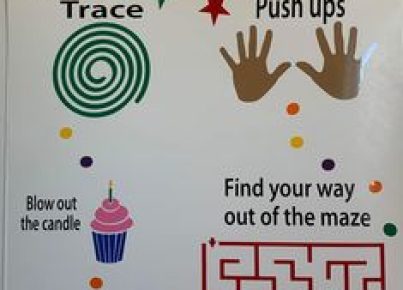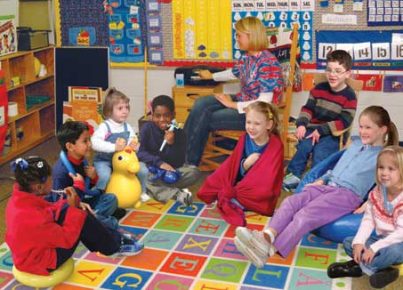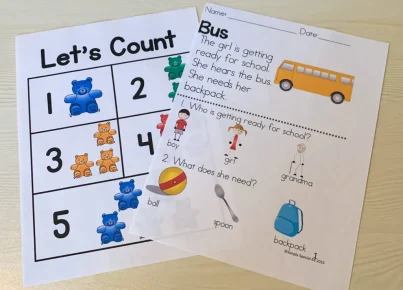Introduction
The role of the Special Educational Needs Coordinator (SENCo) has evolved significantly in the 21st century as educational systems around the world adapt to meet the diverse needs of learners. With advances in technology, shifting societal values and an increased understanding of neurodiversity, SENCos today must navigate a complex landscape. This article explores the challenges and innovations that are shaping the role of the SENCo in the 21st century.
Challenges faced by 21st Century SENCos
1. Increasingly Diverse Student Populations
As global migration continues to rise, classrooms are becoming more culturally, linguistically, and developmentally diverse. SENCos must support students with varying abilities and backgrounds while maintaining inclusive environments that foster learning for all.
2. Budget Constraints
Many schools face financial limitations that impact their capacity to provide appropriate resources for special educational needs. This forces SENCos to use creativity and resourcefulness in finding cost-effective solutions to support those needs.
3. Greater Scrutiny and Accountability
With formal legislation requiring schools to address special educational needs effectively, there is increased focus on results, outcomes, and responsibility for each student’s progress. This puts additional pressure on SENCos to ensure targeted support and evidence-based interventions are used.
Innovations shaping SENCo practice
1. Advances in Assistive Technology
Assistive technologies such as speech-to-text software, augmented communication devices, and specialized applications have revolutionized how students with special educational needs engage with learning materials. As experts in identifying which tools work best for individual students, SENCos facilitate access to these technologies and promote inclusion.
2. Collaborative Teaching Models
Collaboration between SENCos, general classroom teachers, specialists, and paraprofessionals has become more important than ever before. By sharing expertise and resources, educators create a network of support that benefits all learners.
3. Universal Design for Learning (UDL)
The UDL framework advocates for proactive planning and design approaches to accommodate the diverse needs of all learners. When SENCos support UDL practices in the classroom, they ensure students with special educational needs are not left behind while also promoting inclusive environments.
4. Online and Blended Learning
The 21st century has seen significant growth in online and blended learning platforms. This shift enables SENCos to facilitate access to high-quality curricular materials and provides additional avenues for customized learning experiences.
Conclusion
The role of the SENCo has transformed as society becomes more aware of neurodiversity and the need for tailored support in education. By embracing challenges and leveraging innovations, 21st-century SENCos can help build an inclusive future where all learners progress on their own unique paths toward success.





